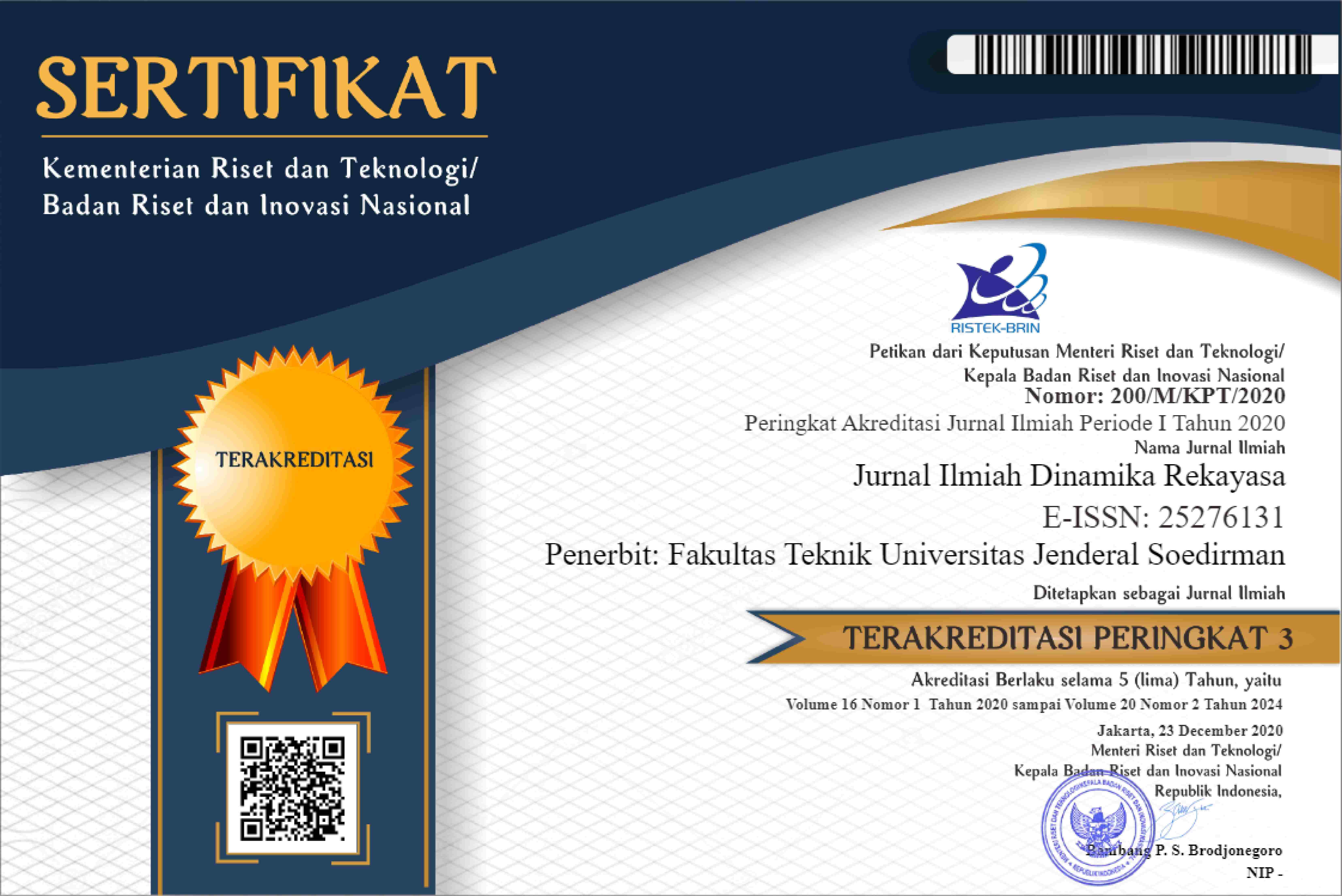Studi Potensi Minyak Dangkal dengan Pendekatan Metode Statistik Berdasar Data Geologi Permukaan Di Cekungan Banyumas
Eko Bayu Purwasatriya(1*), Gentur Waluyo(2)(1) Prodi Teknik Geologi Universitas Jenderal Soedirman
(2) Prodi Teknik Geologi Universitas Jenderal Soedirman
(*) Corresponding Author
Abstract
Banyumas basin is part of South Java Fore Arc Basin. Tectonically, Banyumas basin also included in South Central Java Region, where the main structure are trending Northwest – Southeast and Northeast – Southwest. Stratigraphically, the formation sequence from the oldest to the youngest are : Gabon Formation, Pemali Formation, Kalipucang Formation, Rambatan Formation, Halang Formation, Tapak Formation and Alluvium & Volcanic deposits. Banyumas basin and surrounding area have several oil and gas seep. This seep indicating there are mature source rock that had been migrate to the surface. The factor required for existing of hydrocarbon is called petroleum systems, and the factor are : mature source rock, reservoir rock, cap rock/seal rock, trap and proper timing of migration. The study of shallow oil potential is a preliminary step to find the suitable exploration concept for Banyumas basin. This step is used after the discovery of shallow oil accidentally in about 90 meters depth in Tipar Village, Ajibarang sub-district. This study using the surface geological data and secondary data available and also scientific paper, related to Banyumas basin. Statistical method approaching is using the assumption of minimum probability (P10) to estimate the reserves potential of shallow oil that probably exist in Banyumas basin, and the result is the reserves potential about 2,181,937 barrels oil.
Keywords
Banyumas basin, Shallow oil potential, statistical method, surface geological data
Full Text:
PDFRefbacks
- There are currently no refbacks.





